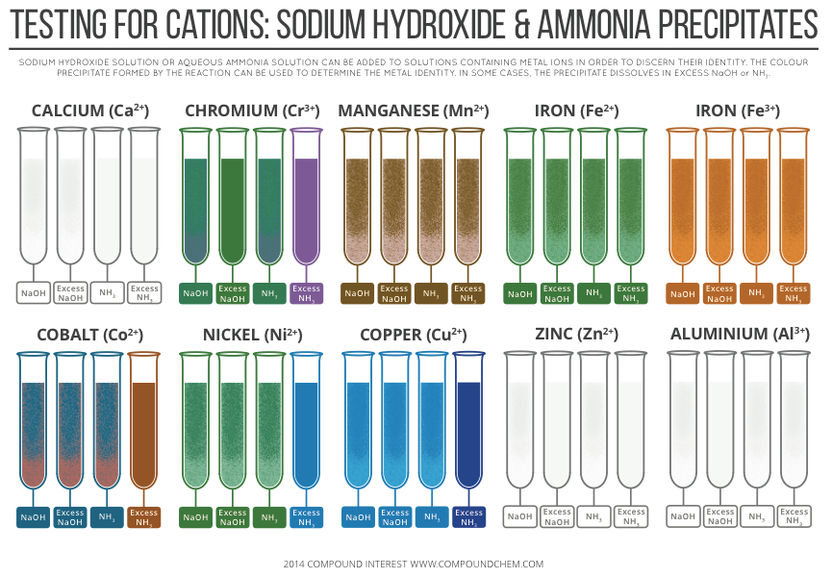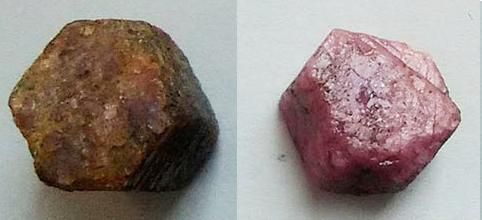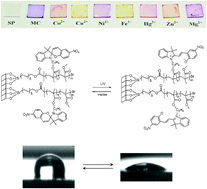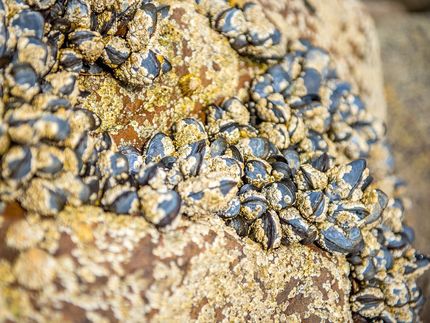New nanomaterials inspired by bird feathers play with light to create color
Wide range of pure colors created by nanoscale arrangement of synthetic melanin
Inspired by the way iridescent bird feathers play with light, scientists have created thin films of material in a wide range of pure colors - from red to green - with hues determined by physical structure rather than pigments.
Structural color arises from the interaction of light with materials that have patterns on a minute scale, which bend and reflect light to amplify some wavelengths and dampen others. Melanosomes, tiny packets of melanin found in the feathers, skin and fur of many animals, can produce structural color when packed into solid layers, as they are in the feathers of some birds.
"We synthesized and assembled nanoparticles of a synthetic version of melanin to mimic the natural structures found in bird feathers," said Nathan Gianneschi, a professor of chemistry and biochemistry at the University of California, San Diego. "We want to understand how nature uses materials like this, then to develop function that goes beyond what is possible in nature."
Gianneschi's work focuses on nanoparticles that can sense and respond to the environment. He proposed the project after hearing Matthew Shawkey, a biology professor at the University of Akron, describe his work on the structural color in bird feathers at a conference. Gianneschi, Shawkey and colleagues at both universities report the fruits of the resulting collaboration in the journal ACS Nano.
To mimic natural melanosomes, Yiwen Li, a postdoctoral fellow in Gianneschi's lab, chemically linked a similar molecule, dopamine, into meshes. The linked, or polydopamine, balled up into spherical particles of near uniform size. Ming Xiao, a graduate student who works with Shawkey and polymer science professor Ali Dhinojwala at the University of Akron, dried different concentrations of the particles to form thin films of tightly packed polydopamine particles.
The films reflect pure colors of light; red, orange, yellow and green, with hue determined by the thickness of the polydopamine layer and how tightly the particles packed, which relates to their size, analysis by Shawkey's group determined.
The colors are exceptionally uniform across the films, according to precise measurements by Dimitri Deheyn, a research scientist at UC San Diego's Scripps Institution of Oceanography who studies how a wide variety of organisms use light and color to communicate. "This spatial mapping of spectra also tells you about color changes associated with changes in the size or depth of the particles," Deheyn said.
The qualities of the material contribute to its potential application. Pure hue is a valuable trait in colorimetric sensors. And unlike pigment-based paints or dyes, structural color won't fade. Polydopamine, like melanin, absorbs UV light, so coatings made from polydopamine could protect materials as well. Dopamine is also a biological molecule used to transmit information in our brains, for example, and therefore biodegradable.
Most read news
Other news from the department science

Get the chemical industry in your inbox
By submitting this form you agree that LUMITOS AG will send you the newsletter(s) selected above by email. Your data will not be passed on to third parties. Your data will be stored and processed in accordance with our data protection regulations. LUMITOS may contact you by email for the purpose of advertising or market and opinion surveys. You can revoke your consent at any time without giving reasons to LUMITOS AG, Ernst-Augustin-Str. 2, 12489 Berlin, Germany or by e-mail at revoke@lumitos.com with effect for the future. In addition, each email contains a link to unsubscribe from the corresponding newsletter.
Most read news
More news from our other portals
Last viewed contents
Tocopherol

Testing for Cations
UWM discovery advances graphene-based electronics - New semiconducting material created from graphene oxide

Ruby red improves in the microwave oven
Trioctylphosphine_oxide
Fluxon
New 'self-exploding' microcapsules could take sting out of drug delivery

Brushing up on sensors



























































